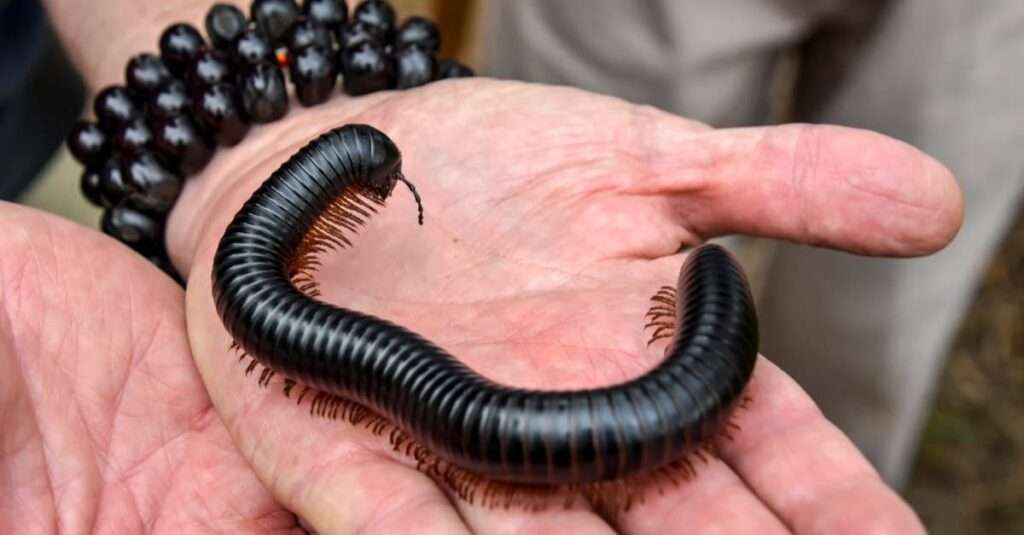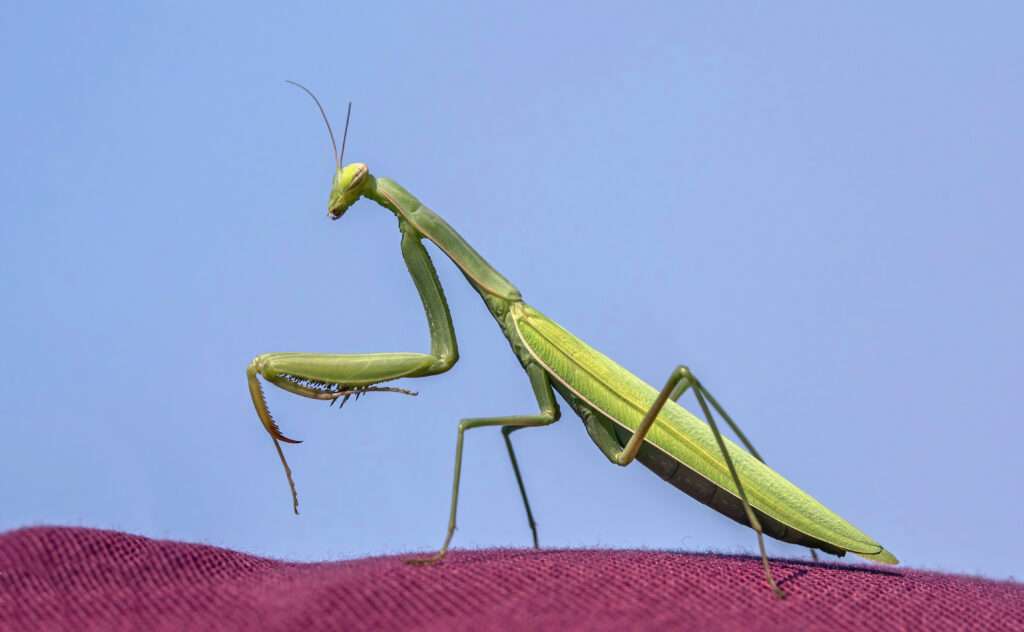
Mecoptera, an order of insects in the superorder Endopterygota with roughly 600 species in nine families worldwide, gets its name from the Greek words mecos, which means “long,” and ptera, which means “wings.” Mecopterans are frequently referred to as scorpionflies after its largest family, the Panorpidae, in which the males have long, beak-like rostra and larger genitalia erected over the body that resemble the stingers of scorpions. Another well-known family is the Bittacidae, or hangingflies. They are renowned for their intricate mating rituals in which the females select mates depending on the caliber of the gift prey that the males bring them. The family Boreidae of snow scorpionflies, a smaller group, occasionally has adults that can be observed strolling through snowfields. The bulk of the species in the order, in contrast, live in humid habitats in tropical regions.
Morphology
Scorpion flies are small to medium sized insects, with some species having wingspans up to 50 millimeters. Their name comes from the fact that some male species’ abdomens have genitalia that resemble a scorpion’s stinging tail and will frequently fly with it elevated. Despite being frequently confused with enormous mosquitoes or crane flies (Diptera), scorpion flies can be identified by the following characteristics:
- 2 nearly identical sets of membranous wings. Certain creatures lack wings.
- Very long, spindly legs with sharp claws, and mandibulate mouthparts at the end of a beak-like projection on the head
- long, stubby antenna
- excellently formed compound eyes
- The larvae of scorpion flies resemble caterpillars in appearance and have tiny legs, but they lack prolegs and have fully formed mandibles.
The chorista species (above) love to be near water and are primarily herbivorous, according to appearances. In moist environments, adults lay their eggs in pockets. The nearly entirely smooth larvae inhabit the leaf litter and low vegetation. In earthen cells in the soil, they pupate.

Feeding
Although males will consume a variety of soft-bodied invertebrates, nectar, pollen, fruit, and mosses make up the majority of the diet of scorpionflies. Some species hunt flies, bees, caterpillars, and other insect larvae while flying among flowering plants. The diversified food of scorpion fly larvae can include various plant materials, dead and dying insects, and scorpions.
Habitat
Scorpion flies enjoy chilly, damp conditions and are frequently found in the country’s mountainous and coastal regions, however some species can also be found in Australia’s more swampy interior. Adults are frequently spotted hanging from low plants as they wait for an opportunity to use their hind legs to seize passing food.
Species Number
The tiny order Mecoptera, or scorpionflies, contains about 550 species in nine families.
Interaction with people
The tendency of scorpionflies to consume the remains of humans is used in forensic entomology. The first insects to visit a donated human cadaver were scorpionflies, which stayed there for 1.5 days. Therefore, a body must be fresh if scorpionflies are present.
Table





